Fees Must Fall: A look at the historic protest 5 years later
- In October 2015, thousands of students united to protest the increases of student fees as well as demand more funding from the government
- The protest action was started by Shaeera Kalla, the SRC leader of the University of Witwatersrand of 2015
- The protest initially started at Wits before it spread to the University of Cape Town and Rhodes University
PAY ATTENTION: Click “See First” under the “Following” tab to see Briefly.co.za News on your News Feed!
On Tuesday, #FeesMustFall started trending online again. This month five years ago, a student-led protest movement began at the University of Witwatersrand. Several days later, the protest spread to the University of Cape Town and Rhodes University. Soon, other universities across the country joined in in the historic protest.
Briefly.co.za decided to take a look at the facts and events that took place during the movement.
Where it all started
From 12 to 19 October 2015, students at Wits University decided to voice their frustration after the institution announced fees would be raised by 10.5%.
The protest began as a sit-in and lockdown of the university and it resulted in the higher education facility agreeing to suspend fee increases.
On 18 October, the movement spread to Rhodes University and messages online indicated a planned shutdown of the varsity.
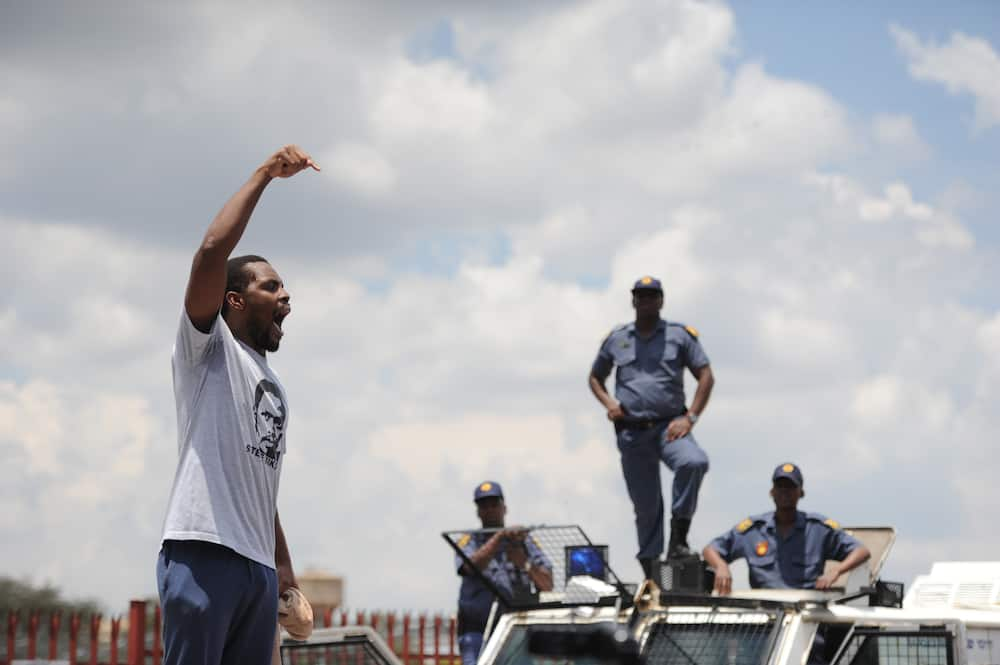
Source: Getty Images
The following day, 19 October, the students and Rhodes University held negotiations but by then the protest had already made its way to the University of Cape Town (UCT) and Rhodes.
Instead of following Wits' example to suspend fee increases, the UCT managed to get a court interdict preventing protests at the university. The interdict only fuelled students' anger and they started blocking off roads leading to the campus with rocks, dustbins and benches.
At the same time, students led a Rhodes Must Fall movement that saw the administration building being occupied by protesters. Police were called in to forcibly evict students and over 25 arrests were made.
This led to more than 1 000 students gathering at the Rondebosch police station, according to Imraan Christian’s Firsthand Account of the #FeesMustFall Protest at UCT.
The photographer said:
"The peaceful protest became a scene of horrific brutality, however, when police were given a court interdict allowing them to forcefully remove students from the premises. Students were attacked with stun grenades, threatened with loaded weapons and tear gassed.
"In one instance, the police hippo [armoured personnel carrier], overloaded with 25+ UCT students, attempted to leave the premises and as the students protested, the police set off 4-5 stun grenades and tear gas."
Rhodes University students also reportedly barricaded themselves in the university and prevented others from entering.
In Gauteng, University of Pretoria students went ahead with plans to lock down three campuses on 21 October.
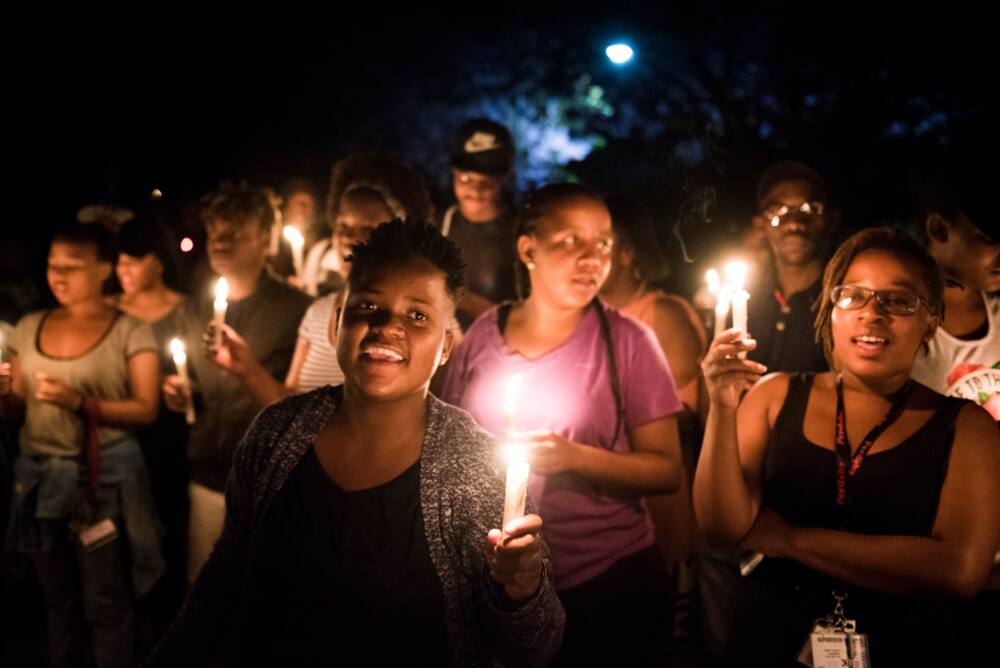
Source: Getty Images
The same day, a crowd of over 5 000 protesters from both the University of Cape Town and the Cape Peninsula University of Technology marched the South African Parliament, which coincided with the meeting of the National Assembly.
The meeting had then-president Jacob Zuma and Higher Education Minister Blade Nzimande in attendance. Nzimande attempted to calm the situation while addressing the protesters following the meeting but he was repeatedly booed by the crowd.
The former president slipped out of the Parliament buildings through a side entrance and other politicians were instructed to stay in their offices, Wikipedia reported.
However, protesters broke through the gates of the parliamentary precinct to stage a sit-in protest, resulting in riot police yet again making an appearance to break up the crowd.
The protesters were dispersed with the use of stun grenades, tasers, coloured gas, riot shields and truncheons. Police warned protesters to leave or get arrested and after failing to heed the cops' warnings, several people were taken into custody.

Source: Getty Images
Soon the Fees Must Fall movement spread to other universities, including Stellenbosch University, Nelson Mandela Metropolitan University and Fort Hare University.
On 22 October, 2015, Johannesburg University students marched to the ruling party's head quarters to hand over a memorandum to ANC secretary general Gwede Mantashe.
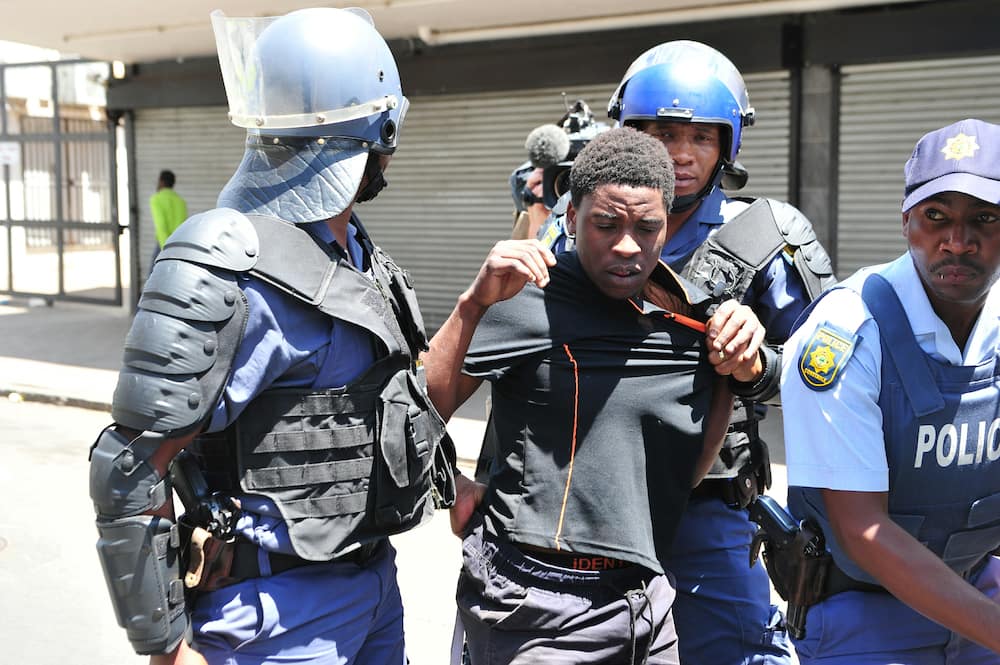
Source: Getty Images
The Fees Must Fall protest even made its way abroad with 200 students in the UK gathering at Trafalgar Square in front of South Africa House to show support, The Citizen reported at the time.
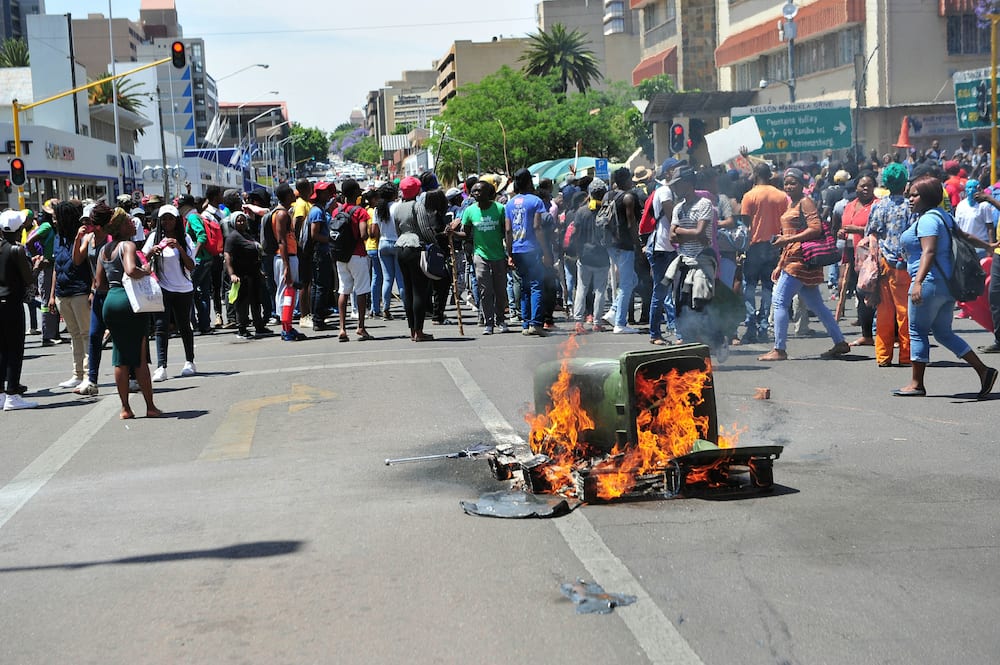
Source: Getty Images
The 2015 Fees Must Fall protest lasted until 23 October. Zuma announced on the day that there would be no university increases imminent. Although they were happy over the victory, students were upset that the former president did not address them directly.
According to the South African Department of Higher Education and Training, the damage caused to higher education institutions were around R300 million. The North West University's Mahikeng campus alone suffered damages amounting to R151 million.
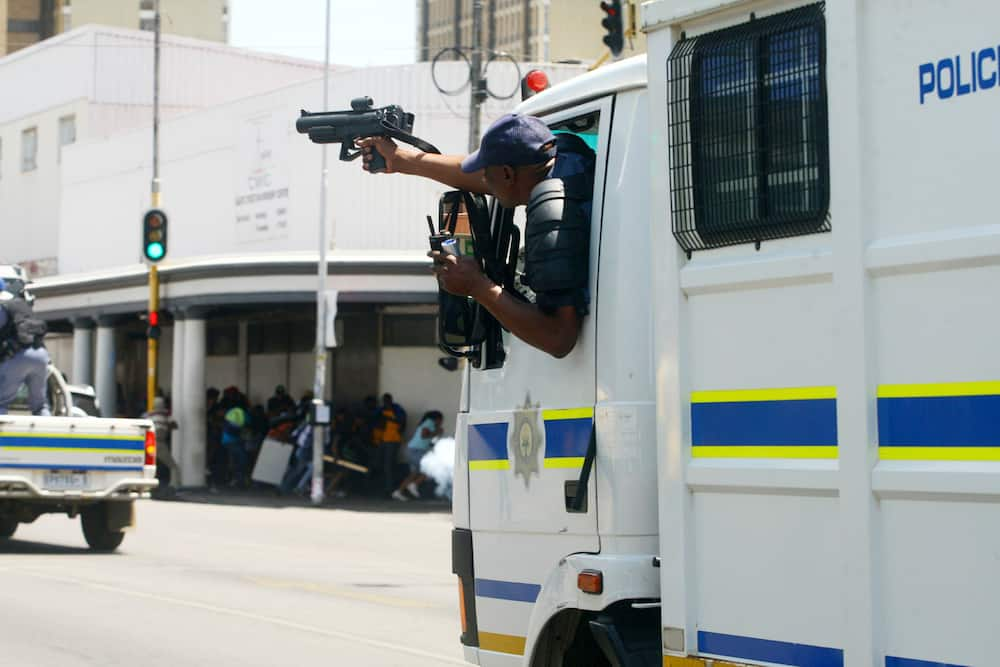
Source: Getty Images
The Fees Must Fall movement gets a second breath in 2016
In August, 2016, the Fees Must Fall movement was reignited under the hashtag #FeesMustFall2016 as the country awaited the Minister of Higher Education and Training to announce fee structures for the 2017 academic year.
On 12 August, the Council on Higher Education came to the conclusion that universities could not afford a 0% fee increase and instead recommended an inflation-related increase, Mail & Guardian reported.
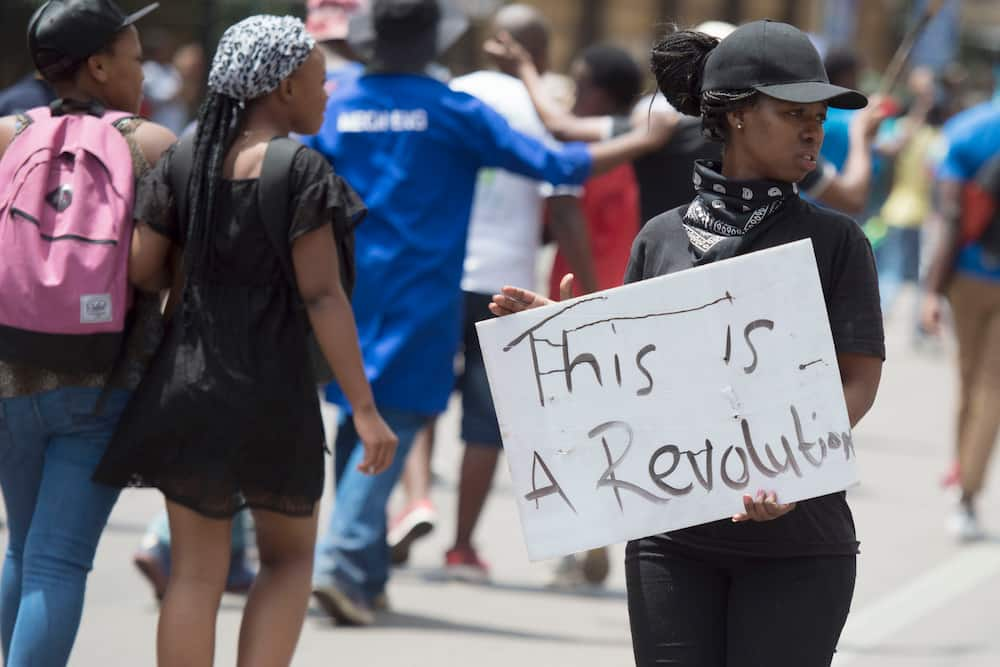
Source: Getty Images
Two days later, social media posts circulated online calling on students across the country to shut down SA universities.
On 15 August, 2016, the University of KwaZulu-Natal and Mangosuthu University of Technology suspended some of the academic programmes following protest actions against the purported fee increases.
Soon, the movement spread to the Walter Sisulu University, University of Witwatersrand and University of Cape Town (UCT), amongst others.
The protests stretched into October before it lost momentum. However, the government took notice of the Movement and ended up increasing the amount budgeted for higher education by R17-billion over the next three years.
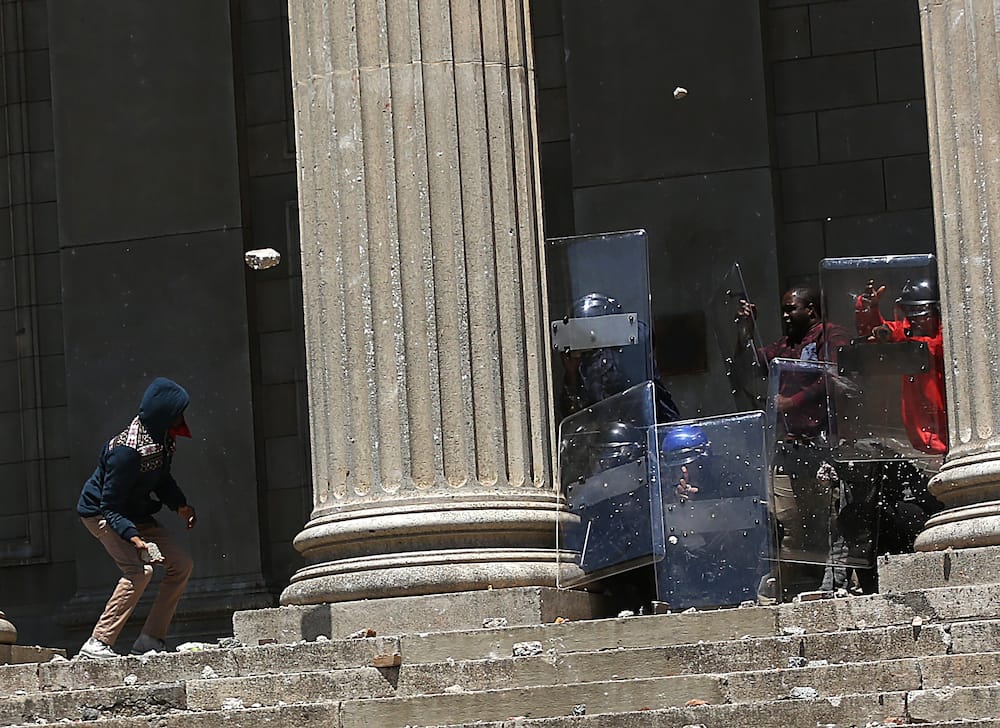
Source: Getty Images
Fees Must Fall legacy
Following the protests, the government created a national bursary that would benefit both the poor and working class students.
The 2018 budget for these bursaries were R12.4 billion and an expected increase to R24.3 billion by 2020.
The 2015 and 2016 protests cost an estimated R800 million in damages. Several big names in the #FeesMustFall protests, including Naledi Chirwa, Vuyani Pambo, Peter Keetse and Dali Mpofu, have gone on to join the EFF.
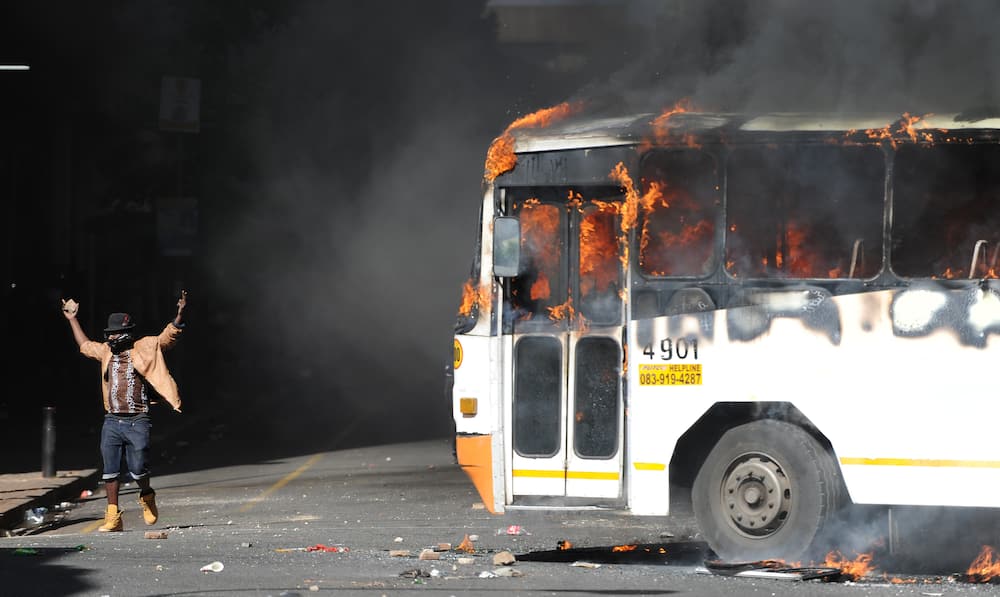
Source: Getty Images
Mcebo Dlamini
Mcebo Dlamini is known throughout South Africa as one of the leaders of the #FeesMustFall demonstrations. The protests were carried out after the government proposed an increase in tertiary education fees in 2015. He has always been an advocate for free education in Mzansi.
In March 2020, Dlamini was sentenced in the Johannesburg Magistrate's Court. Dlamini was handed a two-year-and six-month sentence, suspended for five years, for public violence and contravening the provisions of the Immigration Act.

Source: Getty Images
In other news, the police team probing the murder of Senzo Meyiwa has scored a major breakthrough after finding the weapon used to kill the former Bafana Bafana legend.
A recent report claims that police have identified the man who allegedly fired the shots which would result in Meyiwa's death in October 2014. Meyiwa had died after unknown gunmen intruded on a party in the East Rand at the home of musician and girlfriend Kelly Khumalo.
A senior police official involved in the case explained that the firearm and the identity of the man accused of pulling the trigger were crucial to the investigations and signalled his hope that this would help solve the 'complex' case.
Enjoyed reading our story? Download BRIEFLY's news app on Google Play now and stay up-to-date with major South African news!
Source: Briefly News



